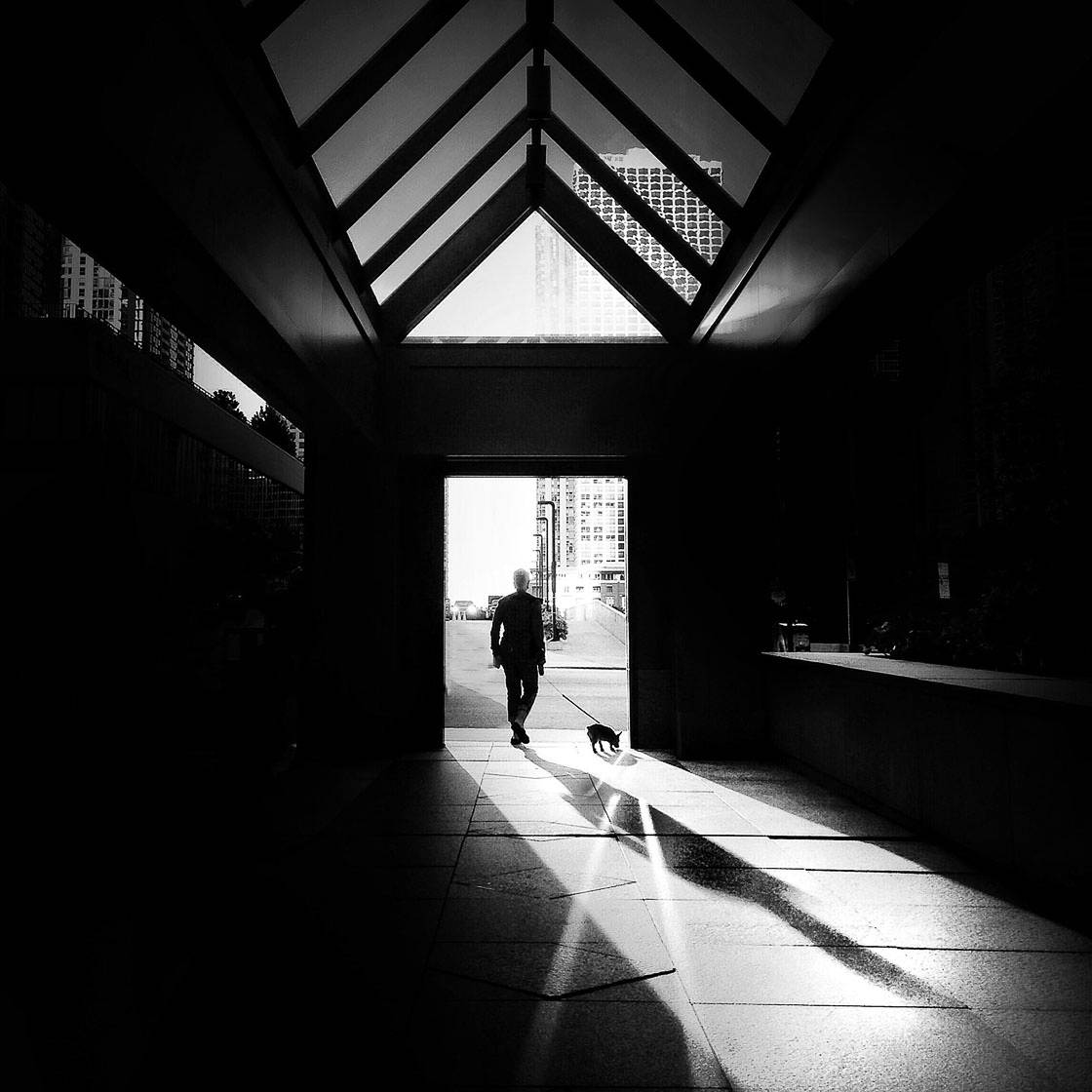Things about Street Photographers
Things about Street Photographers
Blog Article
The Basic Principles Of Street Photographers
Table of ContentsNot known Facts About Street PhotographersNot known Factual Statements About Street Photographers The Ultimate Guide To Street PhotographersMore About Street PhotographersUnknown Facts About Street Photographers
A style of photography that documents daily life in a public location. The very publicness of the setup enables the professional photographer to take candid images of unfamiliar people, often without their understanding. Street professional photographers do not always have a social purpose in mind, yet they prefer to separate and catch moments which might otherwise go undetected (Street Photographers).He was influenced by numerous of those who influenced the street professional photographers of the 1950s and '60s, he was not primarily interested in catching the spirit of the street., that worked side by side with professional photographers attempting to capture the significance of urban life.
Due to the somewhat primitive technology available to him and the long exposure time required, he struggled to capture the pressure of the Paris streets. He try out a series of photo approaches, attempting to discover one that would certainly allow him to capture activity without a blur, and he discovered some success with the calotype, patented in 1841 by William Henry Fox Talbot. In comparison to Atget, photographer Charles Marville was worked with by the city of Paris to develop an encyclopaedic file of Haussmann's metropolitan planning project as it unravelled, therefore old and new Paris. While the digital photographers' topic was essentially the exact same, the outcomes were considerably different, showing the impact of the professional photographer's bent on the character of the pictures he generated.
Provided the great high quality of his pictures and the breadth of product, designers and musicians usually acquired Atget's prints to use as recommendation for their very own job, though commercial rate of interests were hardly his primary motivation. Instead, he was driven to photograph every last remnant of the Paris he enjoyed.
Street Photographers for Beginners
They reveal the city through his eyes. His work and essential understanding of digital photography as an art kind functioned as ideas to generations of digital photographers that adhered to. The next generation of street professional photographers, though they likely did not refer to themselves thus, was introduced by the photojournalism of Hungarian-born photographer Andr Kertsz.
Unlike his peers, Brassa utilized a larger-format Voigtlnder camera with a much longer direct exposure time, forcing him to be much more computed and thoughtful in his practice than he may have been if utilizing a Leica. (It is assumed that he might not have actually had the ability to pay for a Leica at that time, yet he did, however, utilize one in the late 1950s to take colour pictures.) Brassa's photographs of the Paris underworld illuminated by man-made light were a discovery, and the collection of the collection that he published, (1933 ), was a significant success.
Cartier-Bresson was a champion of the Leica camera and one of the initial straight from the source professional photographers to optimize its capacities. The Leica permitted the digital photographer to interact with the surroundings and to catch minutes as they occurred. Its fairly small size likewise aided the digital photographer discolor into the background, which was Cartier-Bresson's preferred technique.
Not known Details About Street Photographers
It is as a result of this basic understanding of the art of picture taking that he is frequently attributed with uncovering the medium around once again approximately a century because its innovation. He took pictures for even more than a half century and affected generations of digital photographers to trust their eye and intuition in the minute.
These are the concerns I Go Here will attempt to answer: And afterwards I'll leave you with my very own meaning of street digital photography. Yes, we do. Let's start with specifying what a meaning is: According to (Street Photographers) it is: "The act of defining, or of making something guaranteed, distinctive, or clear"
No, certainly not. The term is both limiting and deceiving. Seems like a street photography must be pictures of a streets right?! And all road digital photographers, other than for a small number of outright novices, will totally appreciate that a street is not the vital element to street digital photography, and actually if it's an image of a street with possibly a couple of boring individuals not doing anything of rate of interest, that's not street digital photography that's a picture of a road.
The Greatest Guide To Street Photographers
He makes a valid point do not you assume? Nevertheless, while I concur with him I'm uncertain "candid public digital photography" will capture on (although I do sort of like the term "honest photography") due to the fact that "road photography" has actually been around for a long period of time, with many masters' names connected to it, so I believe the term is below to remain.
You can shoot at the beach, at a celebration, in a street, in a park, in a piazza, in a cafe, at a museum or art gallery, in a metro terminal, at an event, on a bridge, under a bridge ...
Yes, I'm afraid we have no choice! Without regulations we can not have a meaning, and without a meaning we do not have a style, and without a style we don't have anything to define what we do, and so we are stuck in a "policies definition genre" loop!
All about Street Photographers

Report this page